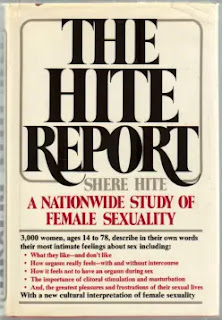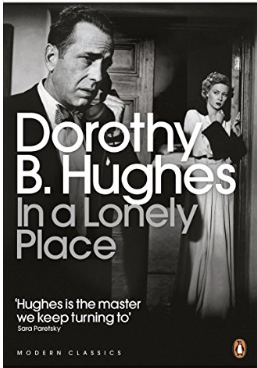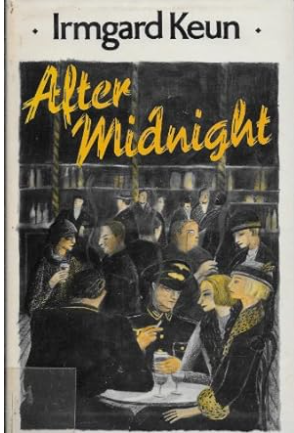Elaine Dundy - The Dud Avocado

First published in 1958, this tells the fun adventures of a young American women in Paris. Sally Jay Gorce is our heroine, and she behaves as you might expect a rebellious woman associating with bohemian types to behave. This novel is pretty relatable, and I have to admit I did not see the plot conclusion coming! There are some nice lines I noticed: A rowdy bunch on the whole, they were most of them so violently individualistic as to be practically interchangeable. ..... I was still wearing the evening dress I had on when I met Larry that morning and the funny thing about it was that, even though twelve hours had elapsed since then, it still wasn't particularly appropriate, I mean I really felt I could expect it to be correct attire at some point of the day - like a watch that has stopped, eventually just happening to have its hands pointing to the right time. I can't understand it. I have quite a lot of clothes and go to quite a lot of places. I never actually seem to...



